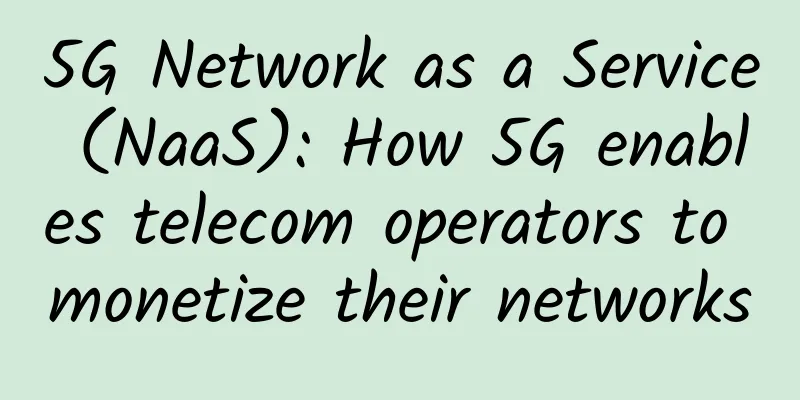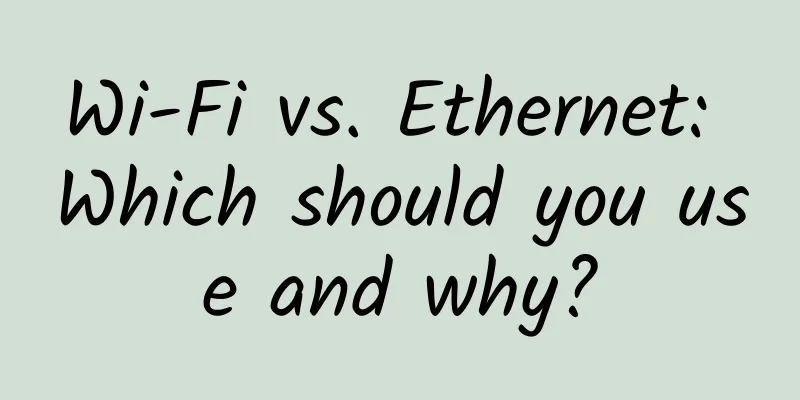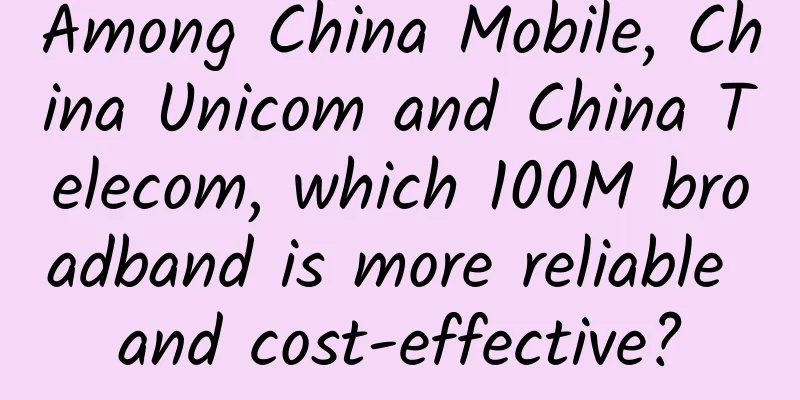5G Network as a Service (NaaS): How 5G enables telecom operators to monetize their networks

|
5G provides a large number of new applications for enterprises and consumers, including augmented reality (AR), virtual reality (VR), the Internet of Things, driverless cars, enhanced mobile broadband, and more. Cloud native strategies, separation of control plane and user plane (CUPS), and service-based 5G architecture are increasingly popular in telecommunications networks. 5G is being developed intensively, enriching not only the experience of mobile communication technology, but also the experience of the entire communication technology ecosystem. It marks the integration of many vertical industries such as medical, agriculture, and automobiles. The network architecture has been modified to make it simpler and more efficient.
A key feature introduced in 5G is network slicing. With network slicing, the physical network infrastructure can be divided into multiple virtual networks, enabling operators to provide specific types of support to specific user groups. This provides operators with an opportunity to flexibly and dynamically configure the network based on user needs, rather than a one-size-fits-all architecture, enabling operators to provide network-as-a-service to users and enterprises. End-to-end network slicing End-to-end network slicing is the cornerstone of 5G architecture and supports a variety of 5G services. It enables operators to provide dedicated logical/virtual networks for specific needs and functions, each with its own unique attributes. Based on NFV/SDN, the physical infrastructure is abstracted from the logical network structure, and each network slice has its own network architecture, protocols, and security settings. As shown in the figure above, eMBB (enhanced mobile broadband), URLLC (ultra-reliable low latency communication), and IoT (Internet of Things) slices can be independently supported on a single infrastructure. eMBB slices have high bandwidth requirements and will be supported by physical infrastructure with high computing power. URLLC is highly sensitive to network latency in application scenarios such as autonomous vehicles, remote TV telemedicine devices, and virtual reality augmented reality. Mobile edge computing should be placed close to the user to provide short round-trip times. IoT slices send few packets to the network, but require large capacity to register millions of devices. Allowing the use of low-computing physical resources for the slice reduces overall operating costs. Network slicing enhances network security because the slices are isolated from each other and traffic in one slice will not interfere with other slices. An end-to-end network slice will include the core, RAN, and possibly the transport network. Software-defined RAN or cloud RAN facilitates RAN slicing. The controller in the cloud RAN can allocate appropriate computing, network, and radio resources to various network slices based on their service requirements. It is relatively easier to implement SDN and NFV on the core network. Depending on the type of service, the necessary VNFs can be provided to the network slices, which can be scaled according to demand while changing service and performance requirements. Leading vendors have demonstrated network routers that support backhaul with independent performance characteristics, and SDN will play a key role in determining the best path for packet fronthaul and backhaul link elements to meet 5G requirements. Network as a Service (NaaS) The adoption of numerous personal mobile devices such as smartphones, laptops, tablets, etc. has led to an increasing demand for mobility. It is very challenging for operators and data centers to scale computing servers through seamless interconnection, which in turn accelerates the demand and improvement of additional network capacity, as well as the need for powerful network solutions. Traditional network elements have gradually given way to more agile SDN solutions. SDN has promoted the birth of a large number of cloud services, such as Network as a Service (NaaS). With NaaS, companies can better manage costs and pay only for the network services they use. Outsourcing network infrastructure can bring substantial benefits in flexibility, reliability, availability, recovery and ease of management. It is expected that by 2022, the NaaS market will be valued at $22.5 billion. Telecom operators have been striving to provide the best experience for their users. Operators have been using SDN and the Network as a Service model to maximize data rates and effectively manage the network by optimizing routes and switches during busy hours. Although operators maintain and manage large and complex networks, they have never had the opportunity to monetize them. By introducing the concept of network slicing, 5G provides operators with an additional source of revenue by providing them with the necessary infrastructure to customize the network according to the requirements of users. Workflow Traditionally, operators have a pre-created network where most of the network data traffic will travel along the same path. 5G network slicing capabilities help create a dynamic network where service providers are able to provide an adjusted network based on user requirements. The network-as-a-service workflow is likely to be very similar to that of infrastructure-as-a-service providers such as AWS, providing users with an intuitive dashboard to precisely capture user needs. These needs are then forwarded to the operator's 5G network, which will analyze the current infrastructure to create a network slice that suits the user's needs, and the operator can charge the user based on a subscription price model. Improvements in user experience
Different organizations will benefit from the network-as-a-service model provided by operators. By providing a customized network that suits the requirements of the underlying traffic, operators can provide an optimal customer experience. Case 1: Video service provider
Cisco VNI predicts that by 2021, 78% of total mobile traffic will be video traffic. As more people watch streaming content on mobile devices, viewer behavior is changing. OTT traffic transmission revenue is expected to grow to more than $50 billion by 2020, and the number of video service providers is growing steadily. Intense competition will drive OTT providers to provide high-quality video with very low buffering time. The use of mobile edge computing (MEC) in 5G will reduce network latency, and telecom operators can tap into the growing demand for streaming content by providing a network that can deliver high-quality content with very low latency. Case 2: Community interconnection
The number of IoT devices has grown significantly over the past few years, and it is predicted that by 2022, there will be about 29 billion connected devices, of which 18 billion will be IoT devices. In the era of IoT, we will live in a highly connected environment, with connected workplaces, connected infrastructure, and connected homes. According to an IHS survey, by 2025, 10% of households will use smart homes. Connected homes will eventually connect communities. Public resources such as water, electricity, security, parking, elevators, broadband, etc. are shared and consumed by all residents living in the same geographical area. Telecom operators can play an important role in the development of connected communities, and can provide an isolated network partition for each sequence in a geographical area to take care of its specific automation needs. Case 3: Virtual Business Augmented and virtual reality are becoming mainstream and may exceed $120 billion by the end of this century. Virtual reality provides real-life experiences in artificially generated environments. Augmented reality enhances real-life experiences by overlaying a layer of interactive digital information on the existing reality, making it more meaningful. Equipment manufacturers have quickly realized the huge commercial potential of virtual reality products and are looking for ways to integrate VR with various other fields. Augmented and virtual reality technologies require a lot of computing and very low network latency. In order to provide the best experience, AR/VR applications must be very close to the user location. Telecom operators can assist AR/VR manufacturers with mobile edge computing. AR/VR data can be directed to the edge cloud located near the user, providing high network bandwidth and very low network latency. in conclusion The devices and applications of the future will be very different from those of today. From high mobility to large data throughput to extremely low latency, the network should be equipped to handle these various data flow requirements. The gradual shift from fixed to mobile devices provides telecom operators with a unique advantage. The 5G architecture further enhances the ability of operators to enable their networks to be closer to the data traffic needs of users. By creating a more flexible and dynamic network architecture and providing their network as a service to users and enterprises, operators will make great progress in the wind service user experience. |
<<: 5G has nothing to do with WiFi
>>: Who "raped" my network? Most likely it was the operator who "played rogue"!
Recommend
Quick Engine Acceleration - Sub-second Analysis of Billions of Data
As the digitalization process deepens, the value ...
Xiao Yaqing: Promote the deep integration of new technologies such as 5G and AI with manufacturing
[[379688]] At the online World Economic Forum hel...
Impinj Releases Advanced RAIN RFID Chip, Unlocking New Opportunities for IoT Devices
Impinj, Inc. (NASDAQ: PI), a leading RAIN RFID pr...
Tencent Cloud Flash Sale: 1C2G5M=488 yuan/3 years, 1C1G3M=268 yuan/3 years, available in Shanghai/Beijing/Guangzhou/Chengdu
Tencent Cloud's long-term flash sales activit...
Facebook exposed a security vulnerability that can be brute-forced to bypass two-factor authentication
Security researchers from Nepal recently discover...
CUBECLOUD Anniversary 30% off Lite Series/15% off Pro Series, available in CN2 GIA Hong Kong/CN2 GIA Los Angeles
CUBECLOUD is currently holding an anniversary eve...
Edge computing and 5G drive post-pandemic economic recovery
[[429757]] Will edge computing and 5G drive a pos...
Facing the information gap brought by the 5G era
South Korea is expected to launch 5G (fifth-gener...
Why does TCP use three-way handshake? Can't two or four-way handshakes work?
The TCP protocol needs three handshakes to establ...
Deloitte: 86% of network executives said 5G and Wi-Fi 6 will change the industry within 3 years
Deloitte's "Study of Advanced Wireless A...
My boss told me not to use strings to store IP addresses, no!
[[432371]] How to store IP address data in the da...
Foreign media: South Korea encourages virtual network operators to participate in 5G competition
South Korea's Ministry of Information and Com...
Improving operational efficiency of cloud NFV infrastructure
Mobile data traffic will grow more than 10 times ...
Europe lags behind in 5G rollout, study shows
According to an assessment report released by the...









